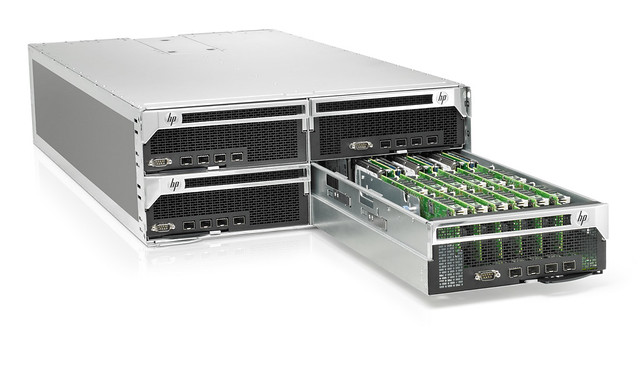Welcome to episode nine of the Technology for Good hangout. In this week’s show we had special guest John Clark, Worldwide Manager of Smart Buildings for IBM. Given the week that was in it with Google’s announcement of Android Wear, and Twitter’s eighth birthday, there were plenty of stories about social networks, and wearable devices.
Here’s the stories that we discussed in the show:
Climate
- Warmest Winter on Record Worsens California Drought http://www.scientificamerican.com/article/warmest-winter-on-record-worsens-california-drought/
- Obama Turns to Web to Illustrate the Effects of a Changing Climate http://www.nytimes.com/2014/03/20/us/politics/white-house-to-introduce-climate-data-website.html
- Data.gov Climate site https://www.data.gov/climate/
Wearables
- Pebble sold 400,000 smartwatches last year, on track to double revenues in 2014 http://tech.fortune.cnn.com/2014/03/20/pebble-sold-400000-smartwatches-last-year-on-track-to-double-revenues-in-2014/
- Google reveals Android Wear, an operating system for smartwatches http://www.theverge.com/2014/3/18/5522226/google-reveals-android-wear-an-operating-system-designed-for
- A closer look at Google’s gorgeous smartwatches http://www.theverge.com/2014/3/18/5522694/google-smartwatch-android-wear-photos
- Why the Moto 360 Smartwatch Will Kill Google Glass http://mashable.com/2014/03/20/moto-360-vs-google-glass/?utm_cid=mash-com-Tw-main-link
- Apple’s Healthbook will reportedly go beyond fitness to analyze your blood http://www.theverge.com/2014/3/17/5517756/apples-healthbook-will-reportedly-go-beyond-fitness-to-analyze-your
- Intel’s Make it Wearable competition https://makeit.intel.com/
Health
- IBM’s Watson, New York Genome Center partner on brain cancer treatment http://www.washingtonpost.com/business/on-it/ibms-watson-new-york-genome-center-partner-on-brain-cancer-treatment/2014/03/18/35019894-aba7-11e3-af5f-4c56b834c4bf_story.html
- IBM’s Watson takes on brain cancer http://www.research.ibm.com/articles/genomics.shtml
Open Source
- Firefox 29 beta launched http://thenextweb.com/apps/2014/03/20/firefox-29-beta-arrives-new-sync-tool-customization-mode-mozillas-user-interface-overhaul-australis/#!ALJ8N
- Facebook Open Sources Power And Water Usage Efficiency Dashboard http://www.datacenterknowledge.com/archives/2014/03/17/facebook-open-sources-power-water-usage-efficiency-dashboard/
- Facebook introduces “Hack” – new programming language http://www.wired.com/wiredenterprise/2014/03/facebook-hack/
- Turkey blocks access to Twitter http://www.thejournal.ie/turkey-block-twitter-1373229-Mar2014/
- Twitters 8th birthday – find your first tweet https://blog.twitter.com/2014/on-twitters-8th-birthday-find-your-first-tweet
- I’m now a twit – best 1st tweets http://www.irishtimes.com/news/technology/i-m-now-a-twit-the-best-celebrity-first-tweets-1.1733414
Internet of Things
- That’s Cool: GE and Quirky Release the First Ever Smart AC on Amazon http://www.gereports.com/post/80009956876/thats-cool
- HP plans 3D printer announcement for June http://www.pcworld.com/article/2110182/hp-claims-its-solved-the-two-big-problems-with-3d-printing.html
Misc
- Gmail now always uses an HTTPS connection and encrypts all messages moving internally on Google’s servers http://thenextweb.com/google/2014/03/20/gmail-now-uses-encrypted-https-connection-check-send-email/#!AHzaa
- How sustainable is your smartphone? – interactive http://www.theguardian.com/sustainable-business/ng-interactive/how-ethical-is-your-smartphone?CMP=twt_gu
- Could this radar spot Malaysia’s missing plane? http://www.bbc.com/news/science-environment-26665305




